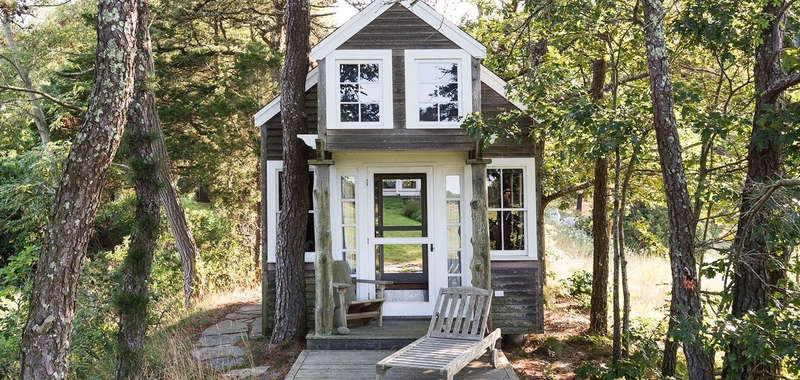Beyond the pool, nestled in the woods by the greenhouse, is where the bees live at Calistoga Ranch.
About a year ago, the first honeybees arrived at the rustic Napa Valley resort. The original two colonies—including bees that are indigenous to Northern California and Italian bees—have since expanded to four. They make honey and beeswax, and have inspired such spa treatments as a lavender honey milk bath and a honey foot treatment. “I believe it’s the backyard beekeepers who will help the honeybees survive,” says Rob Keller of Napa Valley Bee Company, whose apiaries provided the bees that populate the Calistoga Ranch hives.
Photography by Mimi Giboin, except where noted.

Above: One of the four beehives at the ranch. Each hive accommodates up to 50,000 bees: drones (males), worker bees (females) and one queen.

Above: The ranch's landscape manager Steve Ferrini visits the bees every day to make sure they are happy and thriving. "You have to approach beekeeping with no fear," he says. "They don't sting unless provoked."

Above: Ferrini filled a livestock trough with water and floats corks on the surface, "for the bees to land on, so they don't have to travel far for water," he says.

Above: "The payoff is worth it, when you taste your little friends' bounty," Ferrini says. Image via Napa Valley Bee Company.

Above: The resort's Bathhouse Spa offer "Bee Well" treatments, with honey as an ingredient.

Above: To amateurs considering backyard beekeeping, Ferrini says, "It's an easy and low-cost way to help the bees and our food supply. Every year, the honeybee population dwindles. But bees don't just make honey; they play an incredibly important role in the pollination of our fruits and vegetables." About a third of our diet comes from insect-pollinated plants; honeybees are responsible for more than 80 percent of the poliination.




Have a Question or Comment About This Post?
Join the conversation